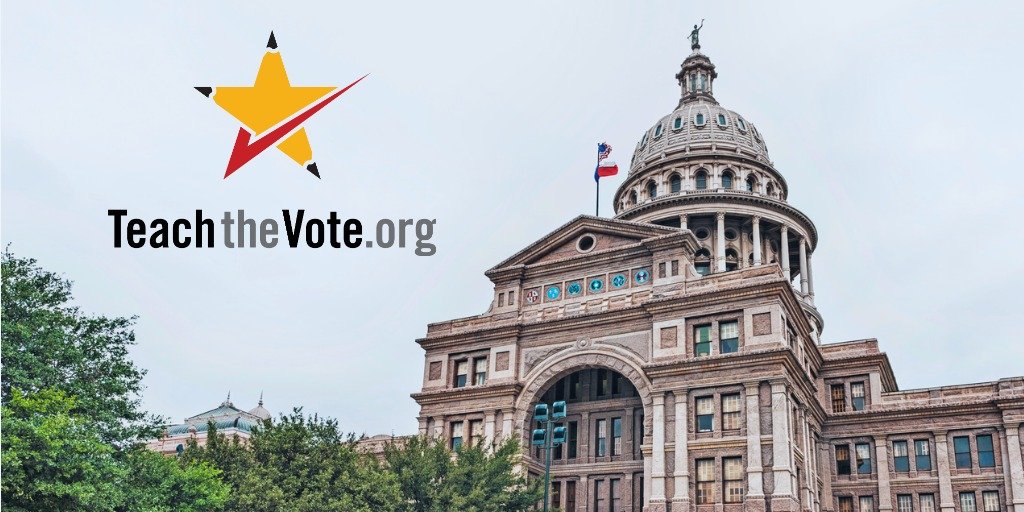Getting up to speed on Student Success Act, federal education reform bill

Date Posted: 7/23/2013 | Author: Jennifer Mitchell, CAE
The latest effort to reauthorize the Elementary and Secondary Education Act (ESEA) took a big step forward last week when the U.S. House of Representatives approved the latest iteration of the bill, the Student Success Act. Dubbed “No Child Left Behind” (NCLB) when it was last reauthorized in 2001 under President George W. Bush, the ESEA, which contains the bulk of federal education programs, expired in 2007. Several efforts to reauthorize the bill have been initiated since then without success. Several states are now operating under waivers from NCLB’s requirements granted by the Obama administration. According to the bill’s supporters, The Student Success Act, or House Resolution (HR) 5, seeks to remove the federal government’s “footprint” on education and return local control to states and local communities. Under HR 5, Schools would no longer be required to meet federal performance goals, one of the biggest criticisms of NCLB, and dozens of federal programs would be consolidated under one title in order to aid poor and disadvantaged students. However, critics say the bill falls short of addressing the shortcomings of NCLB and has no real support in the education community. Partisan disagreements led to the demise of previous efforts to reauthorize ESEA and early indications suggest The Student Success Act may suffer the same fate. The vote to approve HR 5 was split almost entirely along party lines. You can find more information on HR 5, the Student Success Act, here. Teach the Vote will continue to follow this story as if unfolds. Stay tuned for updates.
CONVERSATION
RECOMMENDED FOR YOU

06/30/2025
Recap of the June 2025 SBOE Meeting
The Texas State Board of Education (SBOE) met June 24–27, 2025, in Austin.

06/27/2025
Teach the Vote’s Week in Review: June 27, 2025
Gov. Abbott calls a special session to begin July 21, and a federal voucher proposal faces an uphill battle.

06/25/2025
Commissioner of education shares updates with State Board of Education
Commissioner Mike Morath’s June 25 remarks to SBOE members covered STAAR, charter recommendations, and legislative updates.

